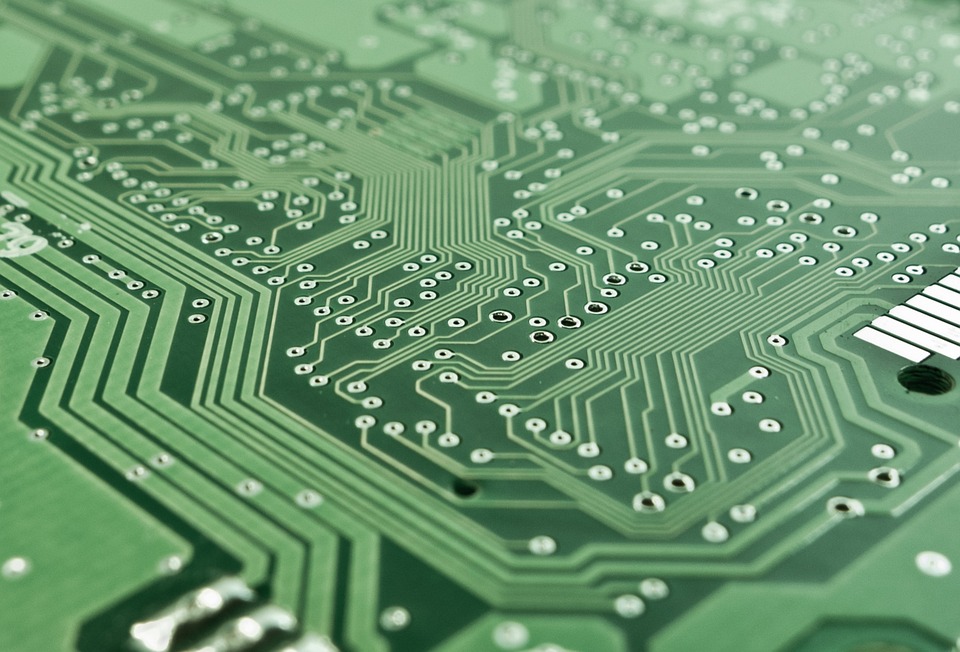
Robotics and Automation: Transforming Industries and Workforce
Robotics and automation have revolutionized industries and the workforce in recent years, with significant implications for the future. In this article, we will explore the impact of robotics and automation on various sectors, the workforce, and the broader economy. From manufacturing to healthcare, from transportation to agriculture, these technologies are reshaping the way we work and live. Let’s delve into the details of this transformation and understand the potential opportunities and challenges it presents.
The Role of Robotics and Automation
Robotics and automation technologies encompass a wide range of applications, from industrial robots on factory floors to collaborative robots (or “cobots”) working alongside human workers. These technologies are designed to perform repetitive tasks, handle complex operations, and improve efficiency in various industries. The role of robotics and automation is not just to replace human labor but to enhance productivity, improve safety, and enable innovative processes that were previously impossible.
Impact on Industries
The impact of robotics and automation on industries is profound. In manufacturing, robotic arms and automation systems have transformed production lines, leading to higher precision, faster output, and lower operational costs. In healthcare, robotic surgery systems and automated medication dispensing have revolutionized patient care. In agriculture, drones and autonomous equipment are optimizing farming practices. The list goes on, demonstrating how these technologies are reshaping traditional practices and opening new possibilities.
Transforming the Workforce
As robotics and automation become more prevalent, the workforce is undergoing significant changes. Some routine and manual jobs are being replaced by machines, while new opportunities for skilled workers in robotics maintenance, programming, and supervision are emerging. The workforce is also adapting to work alongside robots, learning to collaborate with these technologies to enhance productivity and efficiency. The skill set required for the workforce of the future is evolving, emphasizing critical thinking, problem-solving, and adaptability.
Challenges and Opportunities
While robotics and automation present numerous opportunities for industries and the workforce, they also come with challenges. One concern is the potential displacement of workers in certain sectors, leading to unemployment and economic disruption. Another challenge is ensuring the ethical and responsible use of these technologies, particularly in areas like autonomous vehicles and AI-driven decision-making. However, the opportunities for increased productivity, innovation, and improved quality of life are vast, as these technologies continue to advance and integrate into various aspects of society.
Case Studies
There are several noteworthy case studies that highlight the transformative power of robotics and automation. For example, Amazon’s fulfillment centers employ a vast array of robots to automate the picking, packing, and shipping of orders. This has significantly increased the efficiency of their operations, allowing for faster delivery times and reduced errors. Similarly, in the automotive industry, companies like Tesla have implemented advanced robotics in their manufacturing processes, enabling them to produce electric vehicles at scale with consistent quality.
FAQs
How will robotics and automation impact job opportunities?
While certain jobs may be at risk of automation, new opportunities for skilled workers in robotics maintenance, programming, and supervision are emerging. The workforce will need to adapt to work alongside these technologies, emphasizing critical thinking, problem-solving, and adaptability.
What are the ethical considerations of robotics and automation?
Ethical considerations of robotics and automation include issues such as the responsible use of AI, ensuring safety in autonomous systems, and addressing concerns about job displacement. It is essential to consider the broader societal impact of these technologies and develop frameworks for responsible deployment and regulation.
Conclusion
In conclusion, robotics and automation are fundamentally transforming industries and the workforce, creating both challenges and opportunities. As we navigate this transformative period, it is crucial to consider the ethical, social, and economic implications of these technologies. By embracing innovation, upskilling the workforce, and fostering responsible deployment, we can harness the potential of robotics and automation to improve productivity, enhance quality of life, and shape a sustainable future.






